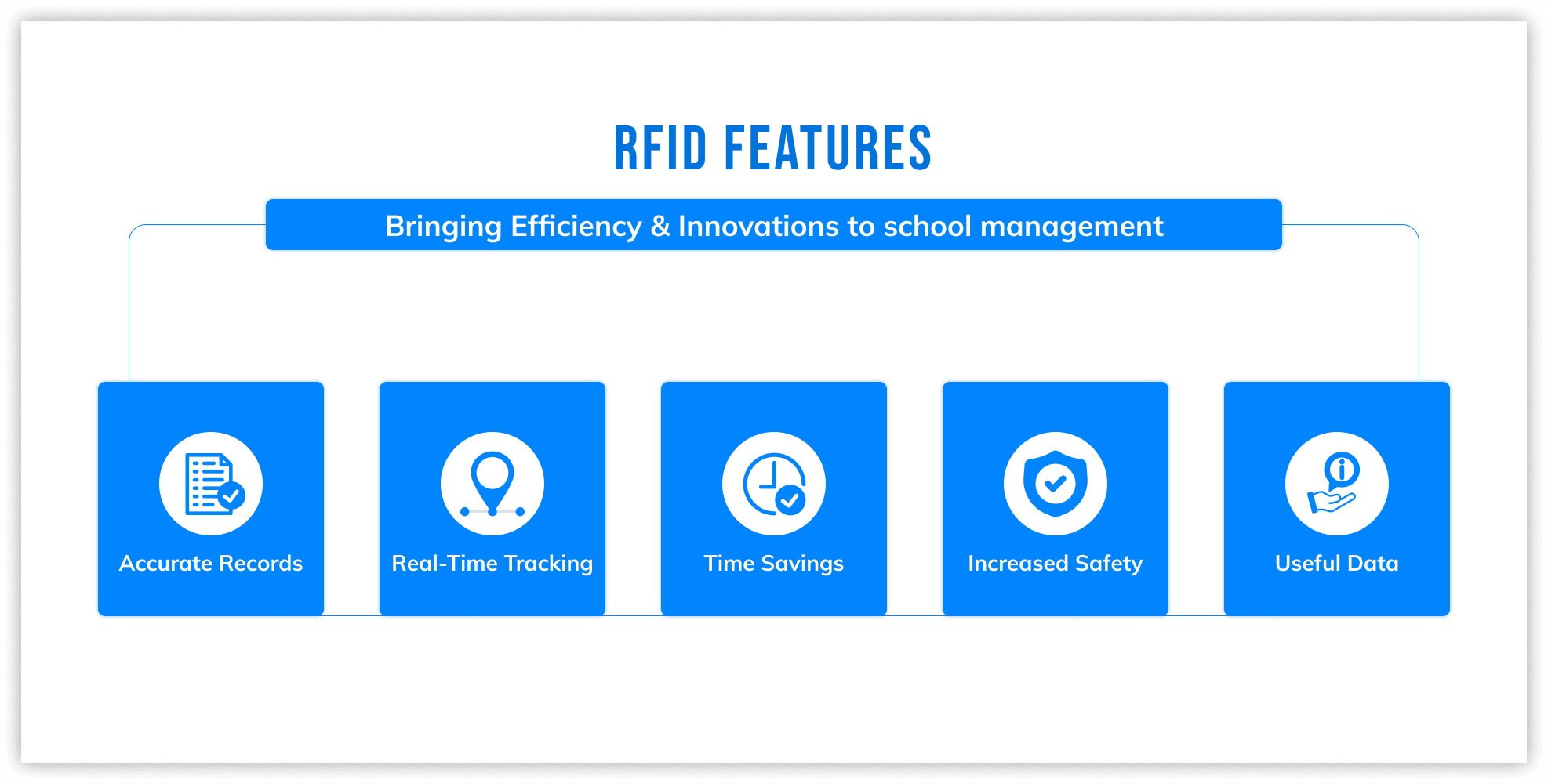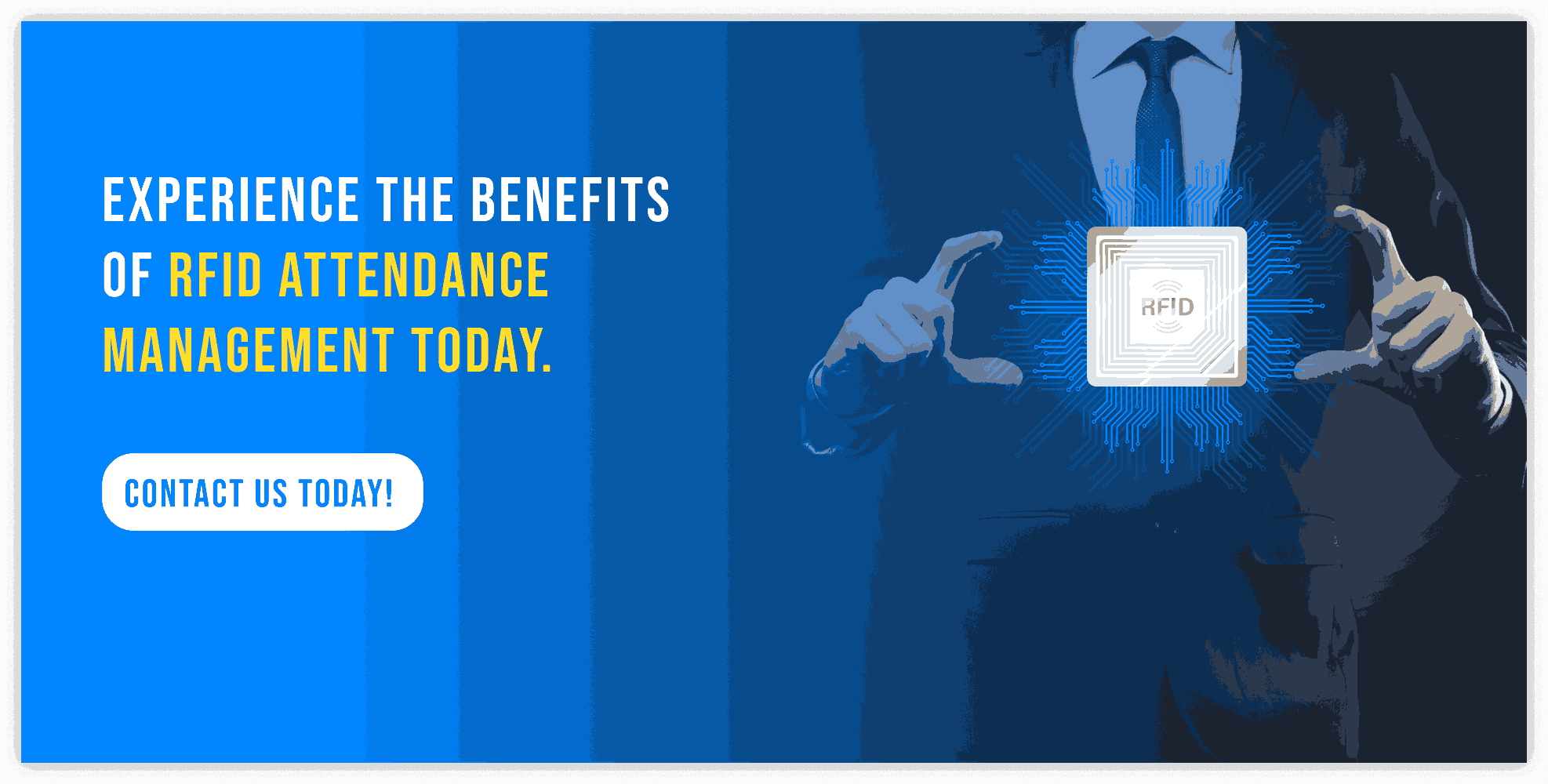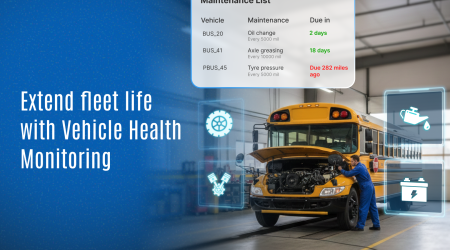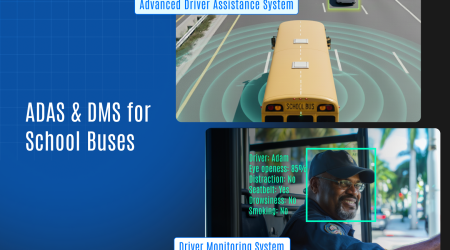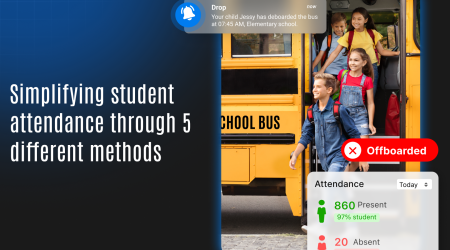How American Public School Ensures Student Safety with RFID Attendance Management
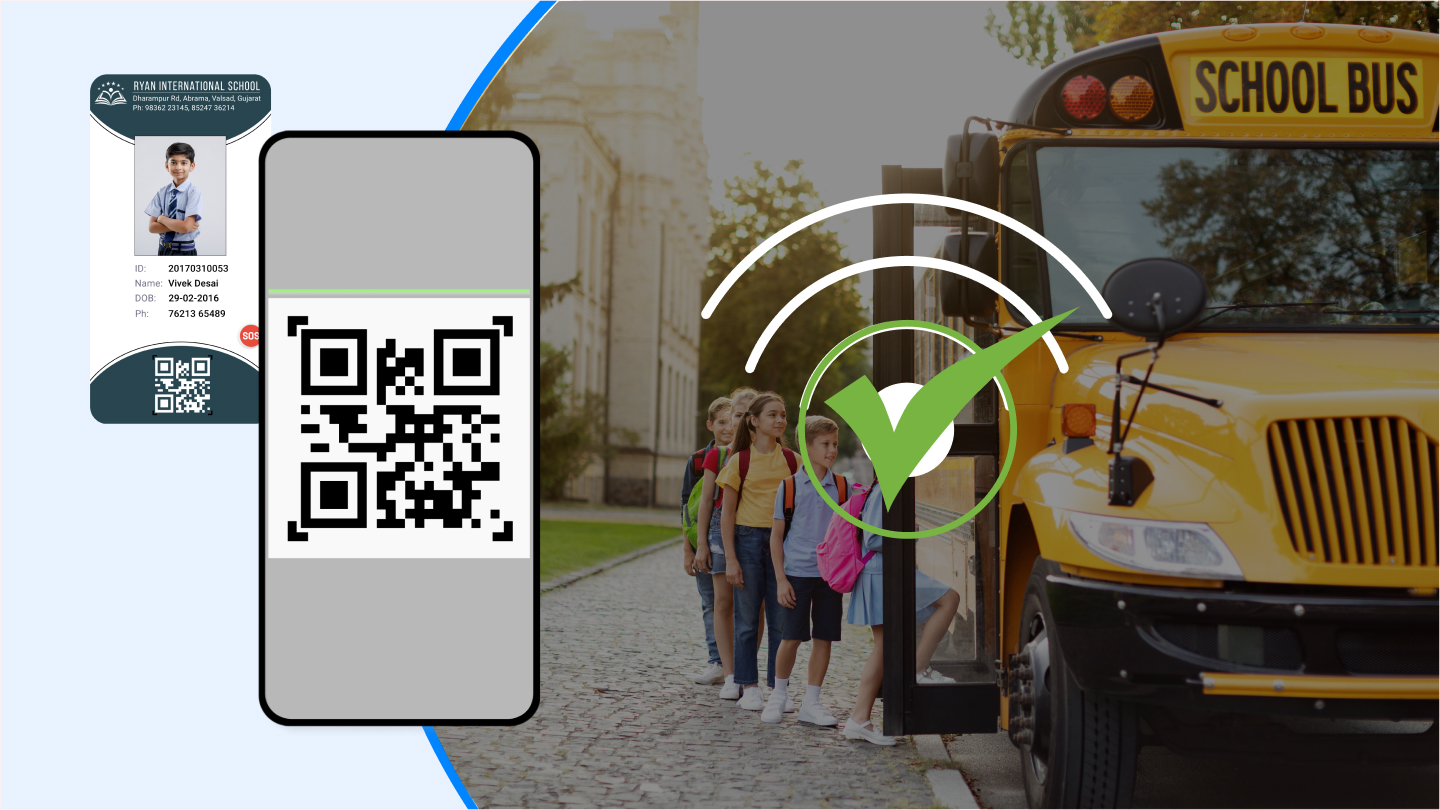
Ensuring student safety is the priority for schools. Efficient attendance management plays a crucial role in this aspect. RFID (Radio-Frequency Identification) technology has emerged as a powerful tool, offering automated, accurate, and real-time attendance tracking. This feature-focused blog explores the implementation of RFID attendance management at American Public School in Haryana, highlighting its impact on student safety and operational efficiency.
⟶ Top 8 School Bus Routing Software To Manage Student Attendance Management
Feature Overview
RFID Attendance Management is revolutionizing the way schools handle attendance. By leveraging RFID technology, schools can streamline attendance processes, provide real-time updates, and enhance communication and trust between parents and staff.
Technical Aspects and Functionality
- RFID Readers: Installed at entry and exit points, including school gates and buses, these readers automatically scan RFID cards as students pass by, recording their entry and exit times without manual intervention. The readers are strategically placed to cover all major access points, ensuring no entry or exit is missed. This setup helps in providing an accurate log of student movements, which is crucial for both attendance records and security purposes.
- RFID Cards: Each student receives an RFID card for automatic attendance recording when they pass through the readers. These cards are unique to each student, ensuring precise and individual tracking of attendance. The cards are durable, designed to withstand daily use, and can be easily replaced if lost or damaged. They contain embedded RFID chips that emit signals picked up by the readers, ensuring seamless and quick attendance logging.
- Real-Time Updates: Attendance data is instantly updated in the school bus monitoring app, providing accurate records immediately. This means school administrators and parents can access real-time information about student attendance. The system is integrated with the school’s database, ensuring that all records are up-to-date and accessible from multiple devices. This feature allows for quick identification of any discrepancies and immediate corrective actions.
Benefits of RFID Attendance Management
- Accurate Records: Automation removes human errors, ensuring precise attendance tracking. Each scan by an RFID reader provides a precise log of when a student entered or exited the school or bus, eliminating the possibility of manual errors. This accuracy is crucial for maintaining reliable attendance records, which can be important for academic tracking and reporting.
- Real-Time Tracking: School administrators can see up-to-date attendance information instantly, improving overall accuracy. Real-time tracking ensures that any attendance discrepancies are identified and corrected promptly. This feature also allows for quick responses in case of emergencies, as the real-time data can help locate students immediately.
- Time Savings: Teachers save time previously spent on manual attendance, allowing more time for teaching. Automated attendance logging means that teachers can focus more on instructional activities rather than administrative tasks. This increased efficiency can lead to a more productive and engaging learning environment.
- Increased Safety: Real-time updates provide peace of mind to parents and staff, knowing the exact whereabouts of students. In emergencies, the school can quickly account for all students, ensuring their safety. The system also allows for quick alerts to parents and staff if a student fails to check in, enhancing overall security measures.
- Useful Data: The system offers valuable insights into attendance patterns, aiding decision-making. Administrators can analyze trends in student attendance, identify potential issues such as chronic absenteeism, and implement strategies to address them. The data can also be used for optimizing school operations and improving overall efficiency.
How It Improves School Bus Monitoring
- Bus Boarding and Deboarding: RFID readers on buses record when a student boards or deboards, updating the system in real-time. This ensures that students are accounted for during their commute, providing an additional layer of security. The real-time data helps in tracking the movement of students from home to school and back, ensuring their safety throughout the journey.
- Route Tracking: The app tracks the bus route, providing parents with live updates on the bus’s location and estimated arrival times. This feature allows parents to monitor their child’s journey, ensuring they are informed of any delays or changes in the route. The route tracking also helps in optimizing bus routes for efficiency and safety.
- Notifications: Parents receive notifications when their child boards or leaves the bus, enhancing their sense of security. These notifications provide real-time updates on the child’s location, ensuring that parents are always aware of their child’s whereabouts. This feature also helps in reducing anxiety and building trust between parents and the school.
Real-World Applications
Implementation at American Public School
The school faced several issues with their manual attendance system, including slow processes, errors, worried parents, and safety concerns. The RFID-based system addressed these problems effectively.
Planning and Setup
- Planning: Determine key entry and exit points and plan RFID reader installations accordingly. This involved mapping out the school’s layout and determining the best locations for readers to ensure comprehensive coverage. The planning phase also included assessing the technical requirements and integration needs with existing systems.
- Setting Up: Installing RFID readers and linking them with the school’s existing bus monitoring app. This step involved the technical setup and testing necessary to ensure the system operated seamlessly. The installation process was carried out in phases to minimize disruption to school operations.
- Training and Launching: Conducting training for staff and students on using the new system and gradually rolling out the RFID cards. Teachers and administrators learned how to access and utilize real-time data, while students were educated on the importance of carrying their RFID cards. The training sessions ensured that everyone was comfortable with the new system before full implementation.
Results and Benefits
The RFID-based attendance system brought numerous improvements:
- Accurate Records: Automation removed human errors, ensuring correct attendance records. Each scan by an RFID reader provided a precise log of when a student entered or exited the school or bus, eliminating the possibility of manual errors. This accuracy is crucial for maintaining reliable attendance records, which can be important for academic tracking and reporting.
- Real-Time Tracking: Instant updates improved attendance accuracy. Real-time tracking ensures that any attendance discrepancies are identified and corrected promptly. This feature also allows for quick responses in case of emergencies, as the real-time data can help locate students immediately.
- Time Savings: Teachers had more time for teaching. Automated attendance logging means that teachers can focus more on instructional activities rather than administrative tasks. This increased efficiency can lead to a more productive and engaging learning environment.
- Increased Safety: Real-time updates provided peace of mind to parents and staff, knowing the exact whereabouts of students. In emergencies, the school can quickly account for all students, ensuring their safety. The system also allows for quick alerts to parents and staff if a student fails to check in, enhancing overall security measures.
- Useful Data: Insights into attendance patterns helped with decision-making. Administrators can analyze trends in student attendance, identify potential issues such as chronic absenteeism, and implement strategies to address them. The data can also be used for optimizing school operations and improving overall efficiency.
Impact on Parents and Students
Parents received real-time updates on their child’s attendance, reducing anxiety and increasing trust in the school’s safety measures. Notifications were sent through the school bus app, informing parents when their child arrived at or left the school or bus, ensuring they were always informed of their child’s whereabouts. This transparency helped in building a stronger relationship between the school and parents.
Students enjoyed a smooth attendance process, ensuring they were correctly marked present without delays or errors. This also helped in creating a sense of responsibility among students as they were required to carry their RFID cards at all times. The seamless integration of bus monitoring provided an added layer of security during their commute.
User Tips
Maximizing the Benefits of RFID Attendance Management
- Regularly Update RFID Cards: Ensure that each student’s card is up-to-date and functional. Regular checks and replacements are necessary to maintain the system’s accuracy. Encourage students to report any lost or damaged cards immediately.
- Train Staff and Students: Conduct regular training sessions to keep everyone familiar with the system. Training should include how to use the cards, what to do in case of issues, and the importance of the system for safety. Regular refresher courses can help in maintaining high compliance and understanding.
- Monitor System Performance: Regularly check the system for any issues and address them promptly. This includes checking the functionality of RFID readers and the accuracy of data logging. A proactive approach to maintenance can prevent potential problems and ensure continuous operation.
- Maintain Open Communication: Keep parents informed about the system and encourage them to report any discrepancies. Regular updates and open lines of communication can help in building trust and ensuring that any issues are quickly resolved. Provide clear instructions on how parents can access and interpret the real-time data.
Common Issues and How to Avoid Them
- Card Malfunctions: Regularly check and replace faulty RFID cards. Encourage students to handle their cards with care and report any issues immediately. Keeping spare cards can help in quick replacements.
- Reader Issues: Ensure RFID readers are properly maintained and positioned for optimal performance. Regular cleaning and technical checks can prevent malfunctions. Positioning the readers correctly ensures that all entries and exits are captured without fail.
- Data Management: Regularly back up attendance data to prevent loss. Implementing a robust data management system ensures that all records are safe and can be accessed when needed. Regular audits can help in identifying and correcting any discrepancies.
Conclusion
American Public School’s experience demonstrates how RFID Attendance Management can transform everyday school tasks. By using RFID technology, the school turned a chaotic and error-filled process into a smooth, efficient, and reliable one. This case study shows how such advancements not only improve school operations but also enhance the safety and satisfaction of students and parents.
